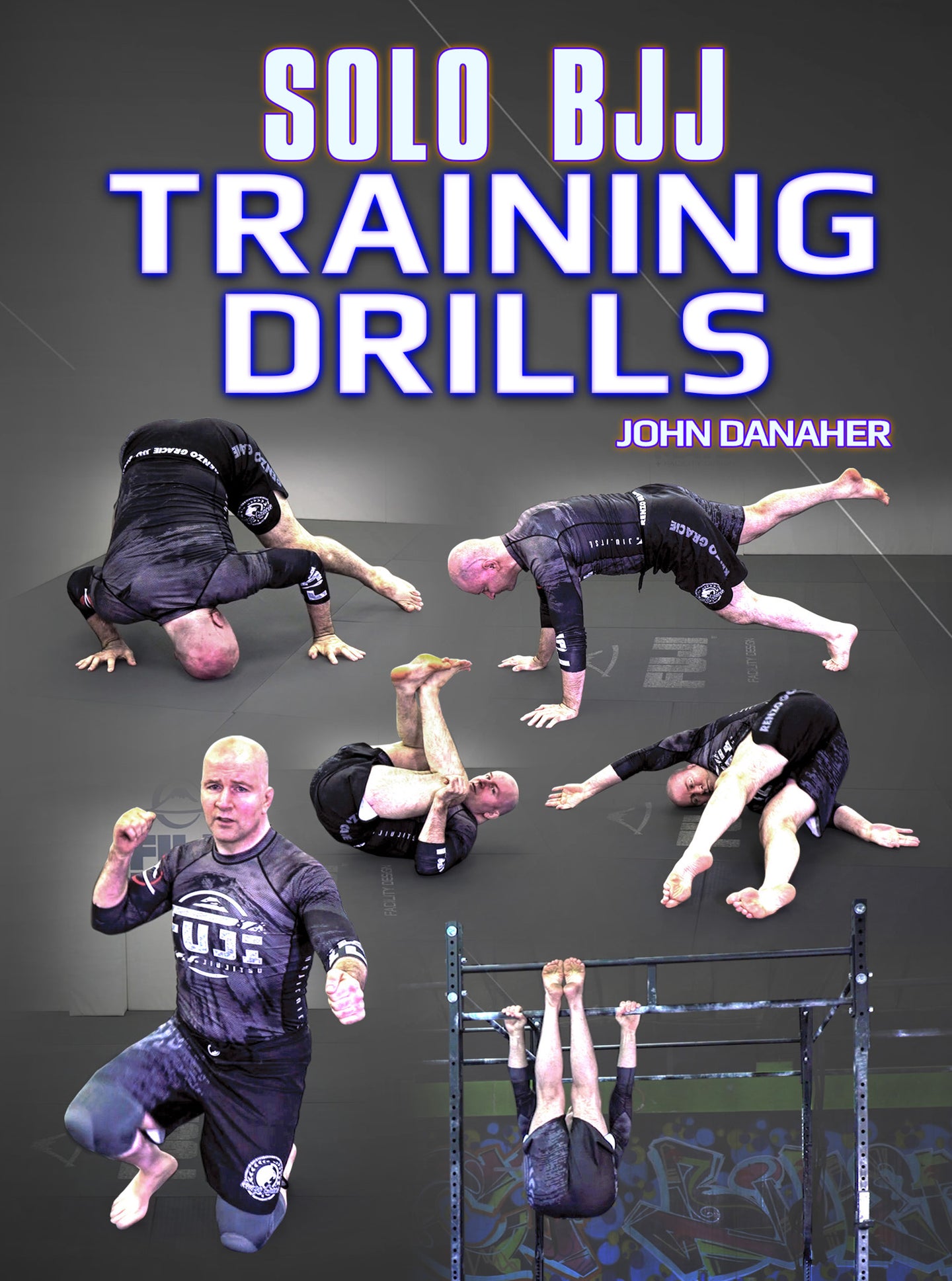I recomend heading over to BJJ fanatics and downloading John’s Solo Drills. As he points out in the video, movement is more fundamental than the moves of jiujitsu. Jiujitsu has a unique collection of body movements that are used in the techniques of the sport. John’s done an incredible job documenting the art of jiujijtsu, this free offering is worth the investment of energy. When you use biomechanically correct technique your jiujitsu takes off as post training aches and pain fall away!
Core Concepts
- The Need For Solo Training In Jiu Jitsu - Solo training is crucial for developing the muscle memory and body mechanics needed to perform techniques instinctively during live sparring.
- Three Axioms Of Jiu Jitsu Training - Understanding and applying fundamental principles can significantly enhance your effectiveness on the mat.
- The Fastest Learners In Jiu Jitsu - Those who combine consistent practice with mindful reflection tend to learn and adapt more quickly in jiu jitsu.
- Bridging - Bridging is essential for creating space and escaping from difficult positions when you are on the bottom.
- Shrimping - Shrimping helps you move your hips away from your opponent, allowing you to regain guard or improve your position.
- Reverse Shrimping - Reverse shrimping is a variation that helps you maneuver in tight spaces and regain control in defensive scenarios.
- Scooting - Scooting allows you to reposition yourself on the ground, maintaining distance and control during engagements.
- Supine Heisting - This movement enables you to quickly transition from your back to a more advantageous position, often leading to offensive opportunities.
- Hip Heisting - Hip heisting is a critical movement for transitioning from the ground to standing or shifting your position while maintaining stability.
- Leg Pummeling - Leg pummeling helps you work your legs into dominant positions, essential for controlling your opponent’s legs during exchanges.
- Leg Scissor - The leg scissor technique allows you to sweep or unbalance your opponent by using leverage effectively.
- High Leg Spin - High leg spinning is used to quickly change directions and reposition yourself, helping you stay mobile and elusive.
- A Sit-out - The sit-out technique is vital for escaping from positions where your opponent is behind you, often leading to a reversal.
- Rolling - Rolling, or breakfalling, is crucial for safely transitioning between standing and ground positions without injury.
- Inside Leg Standup - This movement focuses on transitioning from a defensive ground position to a standing posture with balance and control.
- Sit-back - The sit-back technique helps you reset your position, especially when defending against an opponent’s attacks.
- Guard Standing Up - Standing up from the guard position allows you to disengage and reset the fight on your terms.
- Footwork Drills - Practicing footwork drills improves your movement, balance, and ability to control distance during exchanges.
- Stance And Motion - Maintaining a strong stance and effective motion is key to staying balanced and ready to react to your opponent’s moves.
- Sprawl And Circle - Sprawling and circling are defensive movements that prevent takedowns and help you reset the position.
- Weight Bearing Posture - Learning to bear weight properly in different positions is crucial for both offensive and defensive scenarios in jiu jitsu.
- Spine - A strong and flexible spine is vital for executing techniques effectively and avoiding injury in jiu jitsu.
- Building Core Strength For Jiu Jitsu - Core strength is the foundation of powerful movements and stability in all positions during jiu jitsu.
- Designing Your Workout - Tailoring your workout to focus on the specific needs of jiu jitsu will enhance your performance and prevent overtraining.
- 3 Directions For Your Training - Improving your jiu jitsu requires not just mat time but also strategic off-mat training in strength, flexibility, and mental focus.
- Toes to Bar - Incorporating a pull-up bar routine can significantly improve your upper body strength, which is essential for gripping and controlling your opponent in jiu jitsu.
- Hanging - Incorporating a pull-up bar routine can significantly improve your upper body strength, which is essential for gripping and controlling your opponent in jiu jitsu.

